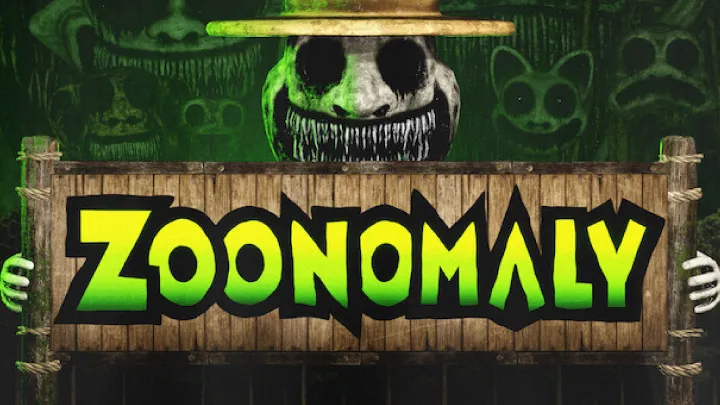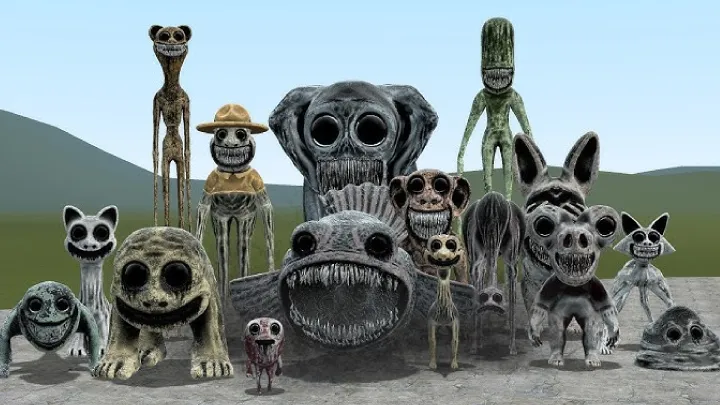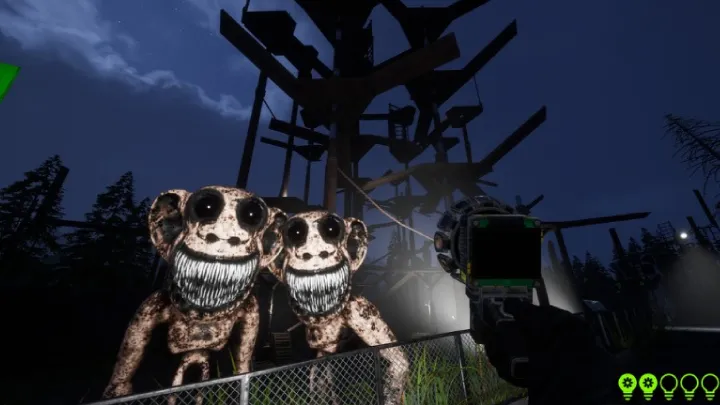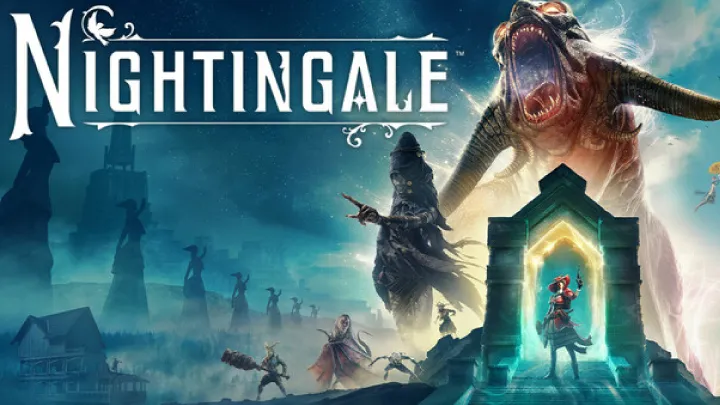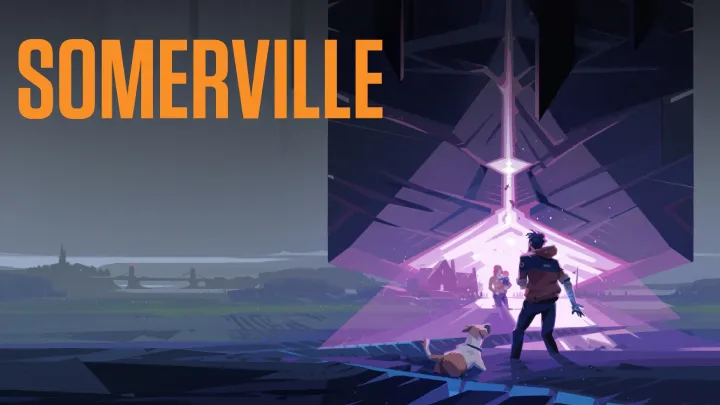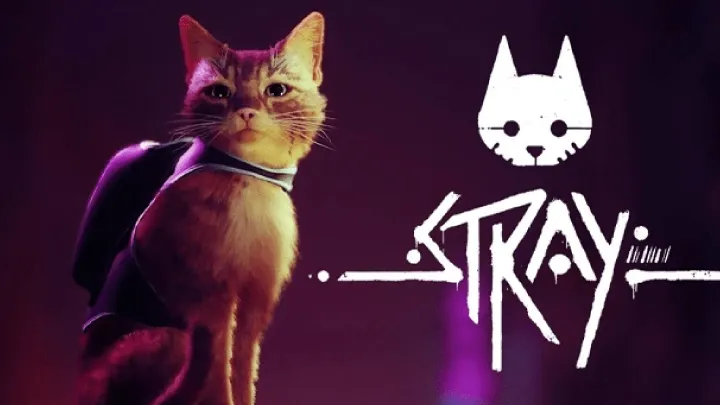In the constantly shifting landscape of indie horror, few titles have generated as much curiosity as Zoonomaly. Launched as a modest experimental project in the early 2020s, the game blended elements of exploration, puzzle-solving, and uncanny zoo environments. By 2025, it has transformed from an obscure cult title into one of the most discussed horror-survival experiences of the year.
This feature explores how Zoonomaly has evolved, the newest updates shaping its gameplay and story, and why its surreal take on zoological horror continues to fascinate players worldwide.
1. The Origins of Zoonomaly
The story of Zoonomaly begins with a small development team fascinated by the eerie atmosphere of abandoned zoos and the liminal spaces of animal enclosures. Their idea was deceptively simple: what if a zoo, instead of being a place of learning and wonder, was twisted into a nightmare space governed by anomalies and distorted logic?
Unlike traditional horror titles that rely on jump scares, Zoonomaly leaned heavily on environmental storytelling. Players wandered through enclosures where animals had been replaced by impossible anomalies. A lion’s cage might hold a creature made entirely of mirrors. A reptile house could house looping corridors that never end. Each space was designed to unsettle players without giving them obvious monsters to fight.
Upon its original release, it gained attention on streaming platforms because of its unsettling mix of zoo aesthetics and surreal horror. Streamers loved the way it generated unscripted scares as players discovered strange rules that governed each enclosure.
2. The Game’s Unique Hook
What set Zoonomaly apart was its mechanic of “anomaly detection.” Rather than simply surviving, players acted as anomaly researchers cataloging and documenting the bizarre. Using tools like cameras, notebooks, and scanners, they had to spot deviations in the environment. Was the giraffe statue taller than before? Did the aviary’s soundscape suddenly shift to static? Did the penguin pool now hold glowing symbols instead of water?
Every enclosure became a puzzle of observation. Missing details could lead to catastrophic encounters. Spotting anomalies early meant survival and progression.
This investigative element drew comparisons to found footage horror and liminal games, while still feeling distinctly original. It encouraged slow play, heightened tension, and constant vigilance.
3. The State of Zoonomaly in 2025
Fast forward to 2025 and Zoonomaly has undergone a renaissance. After a wave of updates and expansions, the game has become more than just a cult curiosity. It now boasts a thriving community, major content patches, and ambitious plans for the future.
The 2025 updates include a massive expansion to the zoo map, introducing three new districts: the Aquatic Dome, the Insectarium, and the Botanical Maze. Each of these zones pushes the anomaly mechanic further. In the Aquatic Dome, reflections ripple incorrectly across glass. In the Insectarium, swarms appear and vanish, some whispering fragments of dialogue. The Botanical Maze distorts time itself, trapping players in shifting hedge patterns.
These expansions solidified the game as one of the most innovative horror sandboxes in recent years.
4. Story and Lore Expansion
While the original version leaned heavily on atmosphere, the 2025 update has woven in deeper lore. Players now discover scattered research notes left by scientists who once studied the anomalies. Audio logs, hidden murals, and coded signage hint at a narrative connecting the anomalies to broader metaphysical questions.
The latest story arc, called The Keeper’s Files, introduces a mysterious curator figure who may or may not still be alive within the zoo. Players piece together clues about the curator’s failed attempts to control the anomalies, raising the central question of whether the anomalies are predators, experiments gone wrong, or manifestations of human fears.
The lore remains deliberately ambiguous, a design choice praised for inviting fan theories and speculation.
5. Gameplay Innovations in 2025
Beyond expanded maps and story, 2025 introduced new mechanics. One standout is the Anomaly Recorder, a device that allows players to capture fragments of anomalies for later study. Using the recorder comes with risks: captured anomalies can escape if mishandled, creating new hazards.
Another innovation is the Cycle System. Every in-game day, anomalies shift. Returning to the same enclosure never guarantees the same layout. A cage might be empty one day, flooded with red mist the next, or host a new anomaly entirely. This procedural element ensures replayability and keeps players guessing.
Cooperative multiplayer has also been added in experimental form. Two players can now explore together, though communication is crucial. Anomalies sometimes split perceptions, causing one player to see threats the other cannot. This mechanic has been particularly popular among streamers, leading to moments of genuine panic and comedy.
6. The Soundscape of Unease
A major highlight of the 2025 updates is the game’s reworked audio design. The development team collaborated with sound artists to create an immersive auditory experience. Animal calls morph into distorted echoes, the rustling of leaves carries sinister undertones, and silence itself becomes a threat.
Dynamic audio cues now respond to anomaly detection. If a player overlooks an anomaly for too long, subtle sounds hint at its presence. Sometimes whispers follow players through enclosures, blurring the line between diegetic and non-diegetic sound. The result is an atmosphere that keeps players on edge long after they exit the game.
7. Community Growth and Modding
By 2025, Zoonomaly has developed a passionate community. Players share anomaly sightings online, creating fan wikis cataloging every discovered irregularity. Some anomalies remain undocumented, sparking debates about whether they are real or hoaxes planted by the developers.
The introduction of modding tools has further enriched the game. Fans have created custom enclosures, alternate anomalies, and even entirely new zoo layouts. Popular mods include a haunted circus expansion, an aquarium filled with impossible geometries, and a winter zoo where snowdrifts conceal lurking threats.
This community-driven creativity has helped Zoonomaly maintain its momentum, ensuring that the game continues to evolve even beyond official updates.
8. Accessibility and Platform Expansion
Accessibility has been a strong focus for the 2025 patches. The game now supports customizable color palettes for anomaly detection, narration for visually impaired players, and simplified controls for casual audiences.
Platform expansion has also widened its reach. Originally a PC exclusive, Zoonomaly is now available on PlayStation, Xbox, and Nintendo Switch. A VR mode is currently in development, promising to deliver an even more immersive and terrifying experience by placing players directly inside the zoo’s twisted enclosures.
9. Critical Reception in 2025
Critics in 2025 have praised the game’s growth. What was once a niche curiosity is now considered a fully realized horror experience. Reviewers highlight the balance between mystery, observation, and emergent scares. The procedural Cycle System has been especially lauded for keeping the game unpredictable.
Some criticism remains, particularly regarding occasional technical glitches and steep learning curves. New players sometimes struggle to recognize anomalies in their first hours, leading to frustration. However, most agree that the depth and uniqueness of the experience outweigh these hurdles.
10. Cultural Impact and Memes
Zoonomaly has found a life beyond its gameplay. Online communities frequently share memes about favorite anomalies, such as “Mirror Lion” or the “Talking Moths.” The surreal humor of these creatures has inspired fan art, music remixes, and short animated parodies.
Cosplay has even emerged around the curator figure and certain recognizable anomalies. Streamers play a key role in the cultural footprint, often highlighting the unpredictability of multiplayer sessions. What could have remained a small horror title has instead become part of broader internet culture.
11. The Developers’ Roadmap
Looking ahead, the developers have outlined ambitious plans for late 2025 and beyond. These include seasonal anomaly events, rotating limited-time enclosures, and a full-fledged narrative expansion that may reveal the origin of the zoo itself.
There are also discussions about adapting Zoonomaly into other media formats, such as an animated short series or a graphic novel exploring the curator’s backstory. The developers remain secretive, but their ongoing communication with the fanbase suggests the project has a long future ahead.
12. Why Zoonomaly Matters
In a genre often dominated by predictable survival horror, Zoonomaly stands out as something fresh. It combines the investigative tension of anomaly-spotting with surreal, dreamlike environments that resist easy explanation. Its updates in 2025 prove that the developers are not content with resting on novelty alone; they are committed to expanding and refining the experience.
For players, Zoonomaly matters because it captures a feeling rarely achieved in gaming: the sense of being trapped in a world that feels both familiar and fundamentally wrong. It is at once funny, frightening, and deeply compelling.
Conclusion
By 2025, Zoonomaly has cemented its place as one of the most innovative indie horror games on the market. What began as a surreal experiment about anomalies in a zoo has grown into a fully realized, community-driven phenomenon. Its expansions, story arcs, cooperative play, and procedural systems have pushed it far beyond its modest beginnings.
The game is no longer just about anomalies in cages. It is about anomalies in expectations, in perception, and in the very structure of horror games. Whether you are a veteran cataloging every detail or a newcomer stumbling through your first night in the Botanical Maze, Zoonomaly in 2025 offers an experience unlike anything else in gaming.








